Living on a tight budget doesn’t mean you have to compromise on financial security and well-being. By adopting smart money-saving strategies, you can make every penny count and achieve your financial goals even on a limited income. Whether you’re trying to pay off debt, build an emergency fund, or save for future aspirations, being mindful of your spending and making strategic choices can pave the way for a more secure financial future. In this guide, we will explore practical and effective ways to save money on a tight budget, helping you take control of your finances and improve your overall financial well-being.
Create a Comprehensive Budget and Saving Money
The first step to saving money on a tight budget is to create a comprehensive budget. Track your income and all your expenses, categorizing them into fixed and variable costs. Fixed expenses include rent, utilities, and loan payments, while variable expenses consist of groceries, transportation, and entertainment. Analyzing your spending patterns will help you identify areas where you can cut back and allocate funds more effectively.
Prioritize Saving Money for Essential Expenses
While budgeting, prioritize essential expenses that are necessary for your day-to-day living. These may include housing, utilities, basic groceries, and essential healthcare costs. By ensuring that these critical needs are met first, you can allocate the remaining funds to discretionary spending and savings.
Relation between Saving Money and Trim Discretionary Spending
Examine your discretionary spending closely and identify areas where you can make cuts without compromising your quality of life. Consider cooking at home instead of dining out, reducing non-essential subscriptions or memberships, and finding free or low-cost entertainment options. Small adjustments to your discretionary spending can add up to significant savings over time.
Harness the Power Saving Money of Meal Planning
Meal planning can have a substantial impact on your grocery bill. Plan your meals for the week, create a shopping list based on those meal plans, and stick to it when you go grocery shopping. Buying in bulk, opting for generic brands, and using store loyalty cards can further reduce your grocery expenses.
Reduce Energy Consumption
Take steps to lower your utility bills by reducing energy consumption. To reduce heating and cooling costs, turn off lights and appliances when not in use, use energy-efficient light bulbs, and adjust your thermostat. Simple changes in energy usage can translate into noticeable savings on your utility bills.
Embrace Second-Hand and Refurbished Items
Instead of purchasing brand-new things, think about buying used or reconditioned ones. You can find excellent deals on furniture, electronics, and clothing from thrift stores or online marketplaces. This approach not only saves you money but also promotes sustainability by reusing items that are still in good condition.
Automate Your Savings
Treat your savings as a non-negotiable expense by setting up automatic transfers to a separate savings account as soon as you receive your paycheck. Automating your savings ensures that you consistently put money aside for emergencies or future goals, even if you have a tight budget.
Consolidate Debt and Negotiate Bills
Consider consolidating your debts into one loan with a lower interest rate if you have several high-interest obligations. This can make debt repayment more manageable and save you money on interest payments. Additionally, don’t hesitate to negotiate bills and expenses, such as cable and internet, insurance, or medical bills. Many providers are willing to work with you to find more affordable solutions.
Avoid Impulse Buying
Resist the temptation of impulse buying by taking time to consider purchases before making them. Ask yourself if the item is a need or a want and if it aligns with your financial goals. Implementing a “cooling-off” period before making significant purchases can help you make more deliberate and financially sound decisions.
Utilize Free or Low-Cost Resources
Explore free or low-cost resources in your community, such as public libraries, community centers, and local events. These activities can provide entertainment, educational opportunities, and social engagement without the need for expensive outings.
Conclusion
Saving money on a tight budget requires discipline, creativity, and mindful spending. By creating a comprehensive budget, cutting discretionary expenses, and being resourceful, you can make every penny count and achieve your financial goals even in challenging financial situations. With determination and careful planning, you can build a solid financial foundation for a more secure future.
In the closing chapter of ‘Saving Money on a Tight Budget: Making Every Penny Count’ by FinBiz Tech., we’ve journeyed through ingenious financial strategies. It’s a testament to resourcefulness, reminding us that even in frugality, financial freedom is attainable.








